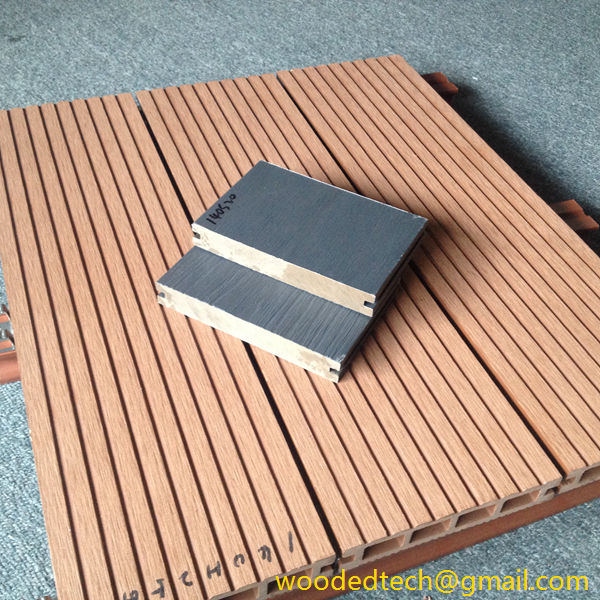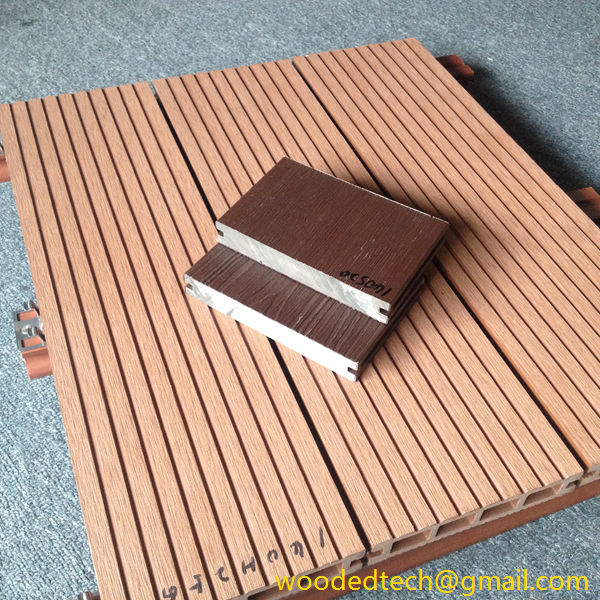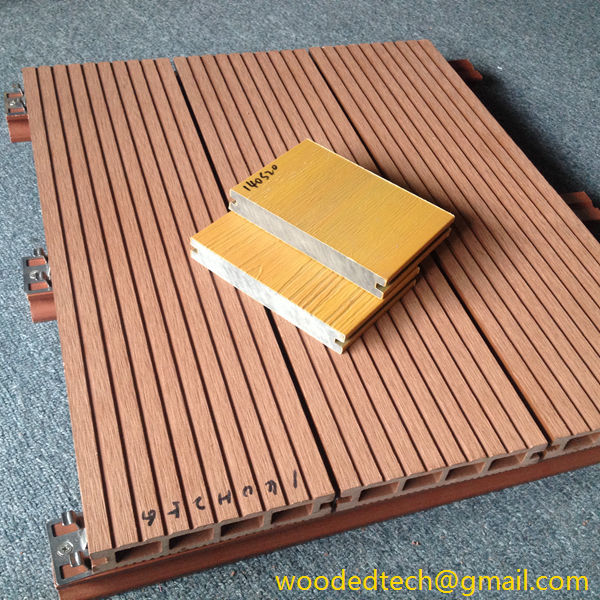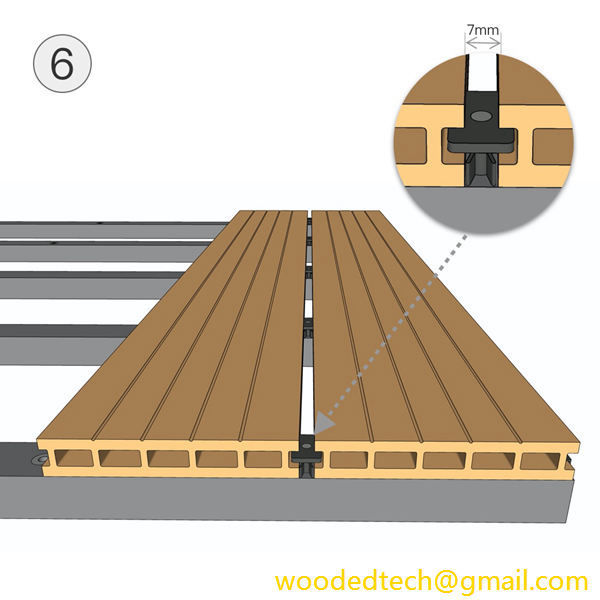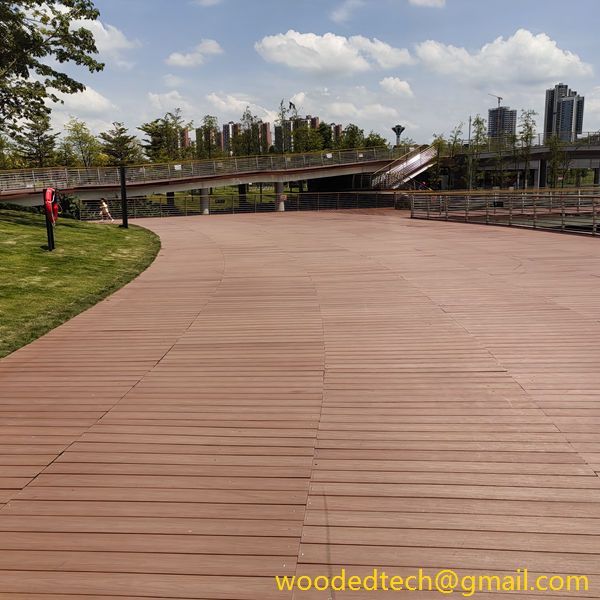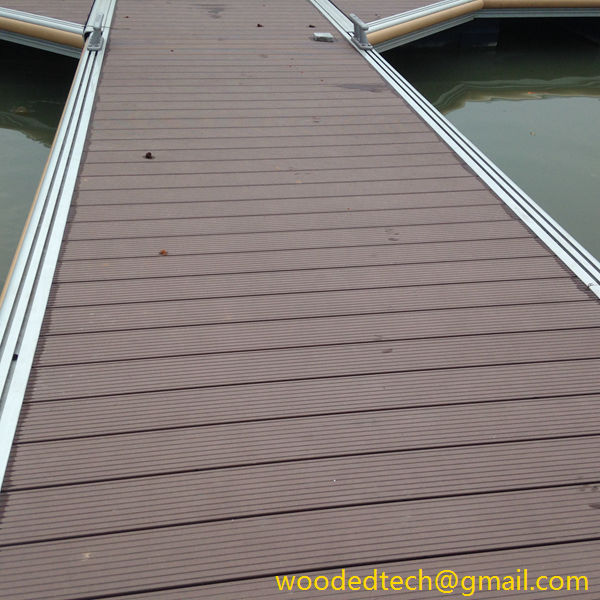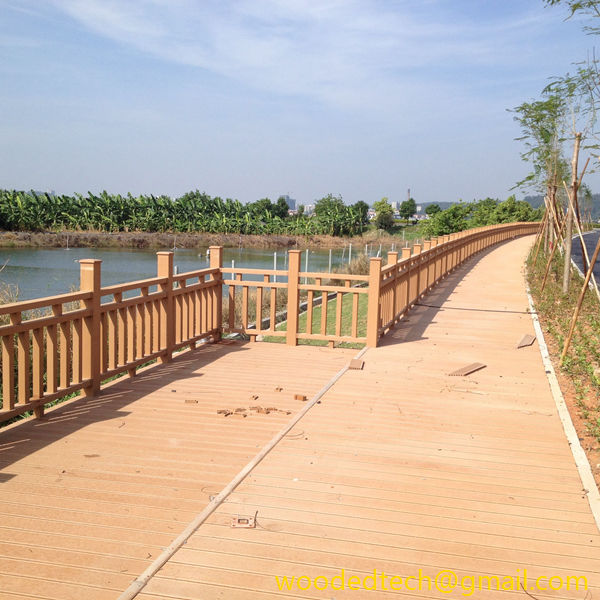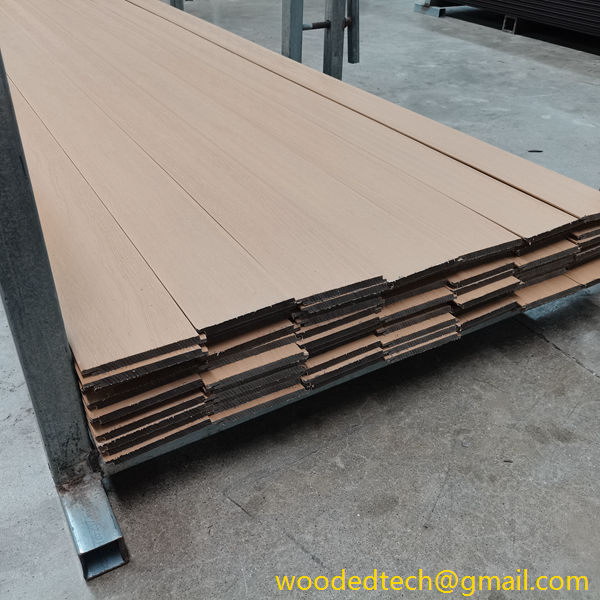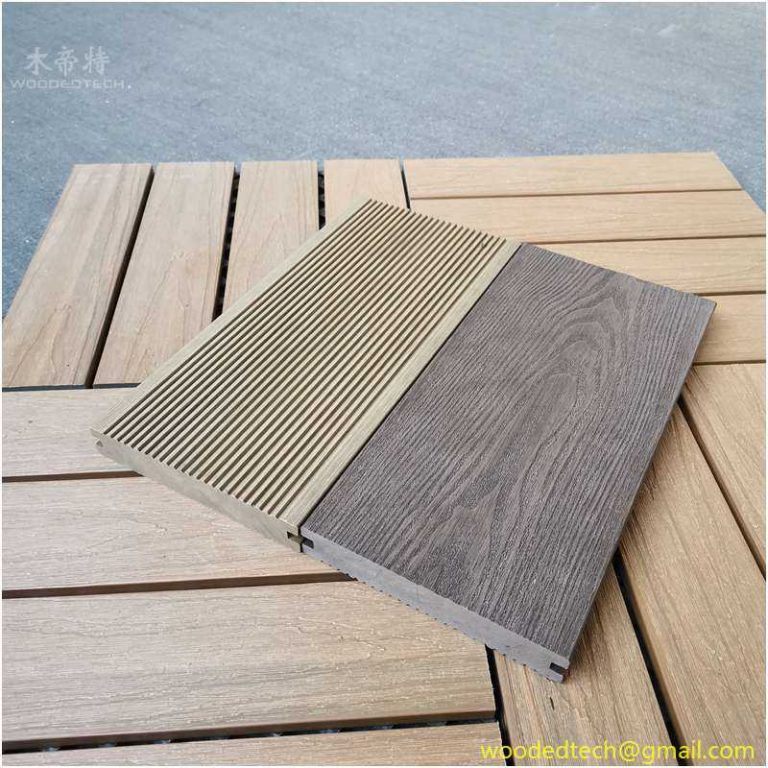What Is a WPC Floor and How It Combines Wood and Plastic for a Durable Flooring Solution
The modern flooring industry has witnessed the arrival of many innovative materials that cater to the evolving needs of homeowners and builders alike. One of the most notable advancements in this area is Wood Plastic Composite (WPC) flooring. As the name suggests, WPC combines the natural beauty of wood with the durability and resilience of…
The modern flooring industry has witnessed the arrival of many innovative materials that cater to the evolving needs of homeowners and builders alike. One of the most notable advancements in this area is Wood Plastic Composite (WPC) flooring. As the name suggests, WPC combines the natural beauty of wood with the durability and resilience of plastic, creating a flooring solution that is both aesthetically pleasing and exceptionally functional.
WPC flooring has rapidly gained popularity for several compelling reasons, making it a go-to choice for many residential and commercial applications. Understanding the composition, benefits, and applications of WPC flooring can help homeowners make informed decisions about their flooring needs.
Composition of WPC Flooring
WPC flooring is primarily composed of two materials: wood fibers and thermoplastic polymers. The wood fibers are typically sourced from recycled wood products, which not only helps the environment by reducing waste but also enhances the flooring’s natural appearance. The thermoplastic polymers, which are often made from materials such as PVC, provide the structural integrity and moisture resistance that wood alone cannot offer.
The wood fibers are mixed with the plastic in a specific ratio to create a composite material that is both lightweight and strong. This combination allows WPC flooring to mimic the look and feel of traditional hardwood floors while offering additional benefits that enhance its performance. The manufacturing process involves heating and extruding the mixture into boards or planks, which are then finished to achieve the desired aesthetic.
Benefits of WPC Flooring
One of the primary advantages of WPC flooring is its durability. Unlike traditional hardwood, WPC is resistant to moisture, making it an excellent choice for areas that are prone to spills or humidity, such as kitchens and bathrooms. This moisture resistance helps to prevent warping, swelling, and other forms of damage that can occur with solid wood flooring over time.
WPC flooring is also highly resistant to scratches and dents, which is particularly beneficial in high-traffic areas or homes with pets and children. The protective wear layer that is applied to the surface adds an extra layer of defense against everyday wear and tear, ensuring that the floor maintains its beauty for years to come.
Another significant advantage of WPC flooring is its ease of installation. Many WPC products feature a click-lock installation system, allowing homeowners and contractors to install the flooring without the need for glue or nails. This not only speeds up the installation process but also makes it a more cost-effective option since it can often be installed over existing flooring without the need for a subfloor.
Additionally, WPC flooring is available in a wide variety of colors, textures, and styles, allowing homeowners to choose the perfect design to match their aesthetic preferences. Whether one desires the rustic charm of oak or the sleek modernity of a gray finish, WPC flooring offers endless design possibilities.
Environmental Considerations
In an era where environmental consciousness is paramount, WPC flooring stands out as an eco-friendly option. The use of recycled wood fibers reduces the demand for virgin timber, contributing to sustainable forestry practices. Additionally, the production of WPC flooring is often less resource-intensive compared to traditional hardwood flooring, further minimizing its environmental footprint.
Moreover, many manufacturers prioritize sustainability by utilizing low-VOC (volatile organic compounds) materials, which enhance indoor air quality. Homeowners can rest assured knowing that they are making a responsible choice for their homes and the planet.
Applications of WPC Flooring
WPC flooring is incredibly versatile, making it suitable for a wide range of applications. In residential settings, it can be used in various rooms, including living rooms, dining areas, kitchens, and bathrooms. Its moisture resistance makes it particularly ideal for basements and laundry rooms where traditional flooring materials may struggle.
In commercial environments, WPC flooring has found its place in retail spaces, offices, and hospitality venues. It can withstand heavy foot traffic while maintaining its appearance, making it an attractive option for business owners looking to create inviting spaces for their customers.
Additionally, WPC flooring can be used in outdoor settings, such as patios and decks, provided it is specifically designed for exterior use. This expands its functionality beyond indoor applications, allowing homeowners to create cohesive design elements throughout their properties.
Conclusion
WPC flooring represents a significant advancement in the flooring industry, combining the best aspects of wood and plastic to deliver a durable, attractive, and environmentally friendly flooring solution. Its unique composition offers unparalleled moisture resistance, durability, and ease of installation, making it an ideal choice for a variety of settings. As the demand for versatile and sustainable flooring options continues to grow, WPC flooring is poised to remain at the forefront of modern flooring solutions. Homeowners, builders, and designers alike can benefit from this innovative material, ensuring that their flooring choices are both stylish and practical.

